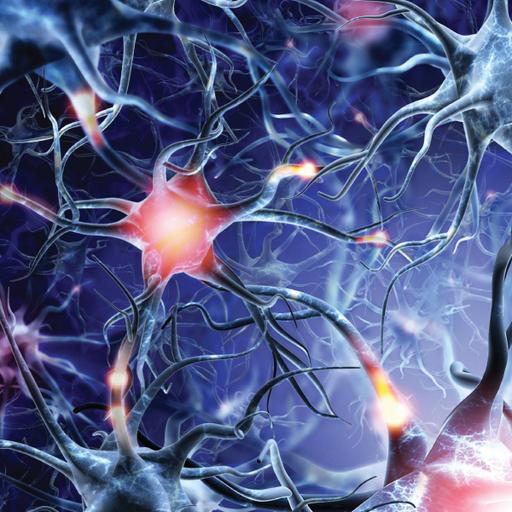Cell Communication
Presentations | English
In biology, cell signalling or cell communication is the ability of a cell to receive, process and transmit signals with its environment and with itself. It is a fundamental property of all cells in every living organism such as bacteria, plants and animals. There are four basic categories of chemical signalling found in multicellular organisms: paracrine signalling, autocrine signalling, endocrine signalling, and signalling by direct contact. Receptors play a key role in cell signalling as they are able to detect chemical signals or physical stimuli. Receptors are generally proteins located on the cell surface or within the interior of the cell such as the cytoplasm, organelles and nucleus. Cell surface receptors usually bind with extracellular signals (or ligands), which causes a conformational change in the receptor that leads it to initiate enzymic activity or to open or close ion channel activity.

18.75
Lumens
PPTX (75 Slides)
Cell Communication
Presentations | English
